The fairy tale continues to be misunderstood thanks to a Disneyfying cinematic world dating back to 1937’s Snow White and the Seven Dwarves. It is so misunderstood, in fact, that the definition seems to have changed to include a happy ending. In all reality, it should simply be a tale that includes magic or mythical beings. Endings can be happy, sad, or anything in between. There has been much ado made about Disney taking “Grimm’s Fairy Tales” and rounding off any edges and making them completely unrecognizable. “Cinderella,” although widely known now as a fanciful children’s story about true love and magic, was once a brutal story told by the Brothers Grimm. There is magic in both stories, but only one that features sheer brutality. But the great thing about fairy tales, regardless of their source, is that we can see them from a different angle and for a completely different audience.
The Ugly Stepsister evokes an ideal, simply from its title. We know immediately that this will be a story we nearly recognize, but turned on its head, and told from the point of view of the titular stepsister. In addition, it seems to remove most (if not all) of the magic we are hoping for in favor of body horror and a near hatred of its main character. Elvira (Lea Myren) is initially presented as a protagonist, even a figure of pity. She is a woman trapped in a world where beauty is paramount and is constantly reminded of the ways she does not measure up. Elvira is a dreamer, a romantic, and is deeply in love with Prince Julian (Isac Calmroth), knowing him only through a book of poetry that he has supposedly written. In a beautifully filmed scene, first-time director Emilie Blichfeldt (who also wrote the screenplay) shows us everything we need to know. She is so in love with the Prince (or at least the idea of him) that she is willing and grateful to bleed and suffer. And bleed and suffer she will.
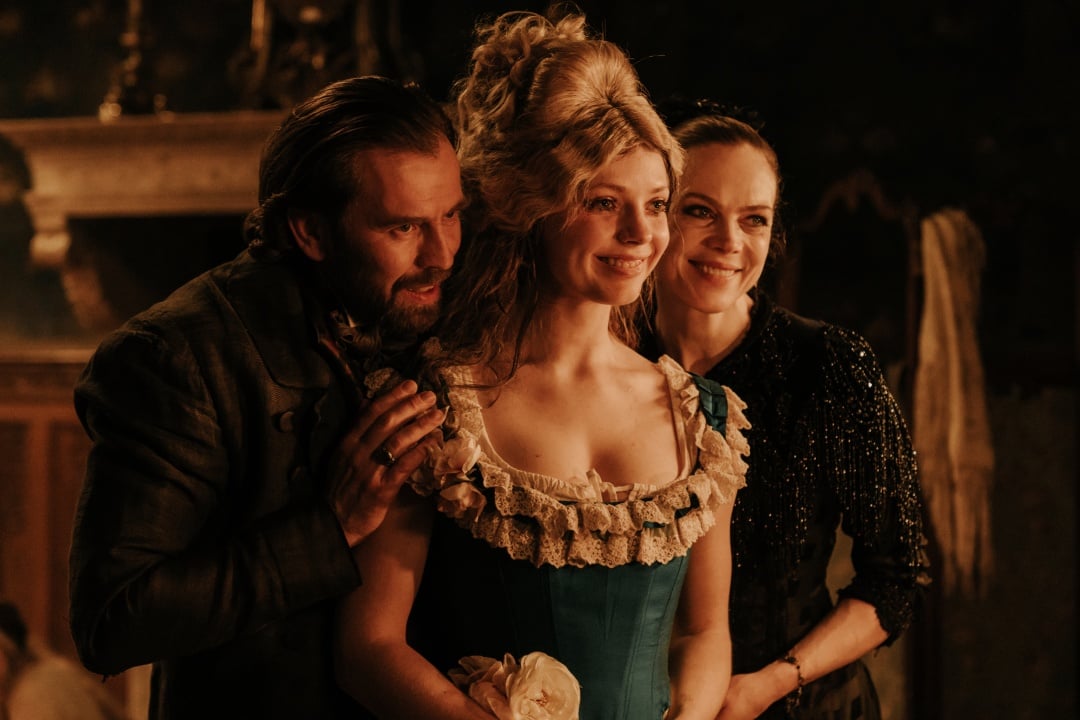
We learn quickly that Elvira and her sister are traveling with their mother, Rebekka (Ane Dahl Torp), to move in with her new husband, who has a daughter of his own. When they first arrive, it almost appears that Elvira and Agnes (Thea Sofie Loch Næss) will become fast friends. Despite Agnes’ obvious beauty, she is still friendly to Elvira. But this is both where tragedy strikes and the film shows you exactly how horrifying and disgusting it will become. Agnes’ father, Otto (Ralph Carlsson), abruptly dies at the dinner table, immediately placing his daughter in danger due to the woman he has just married. Instead of burying his body, Rebekka decides to save money by literally letting him rot, an image the film returns to, never letting us forget what Agnes has lost.
Despite this, through much of the film, we root for Elvira in her never-ending quest for beauty. The Ugly Stepsister continually ups the ante on its body horror to wondrous effect. It begins with a surgery to “fix” her nose, using what equates to a hammer and a chisel. Dr. Esthétique, a recurring character, performs this act while almost gleefully counting down from three. This character is, of course, symbolic of both the quest for beauty and its connection to patriarchy and money. As Elvira walks through this world with a gorgeous nose guard strapped to her face, it is a reminder that, even in surgically induced pain, she must appear pretty and happy at all times. The movie is not a subtle one, and it is all the more enjoyable for it. This focus on beauty as both painful and necessary for women also allows us to keep rooting for Elvira, long after we should have stopped.
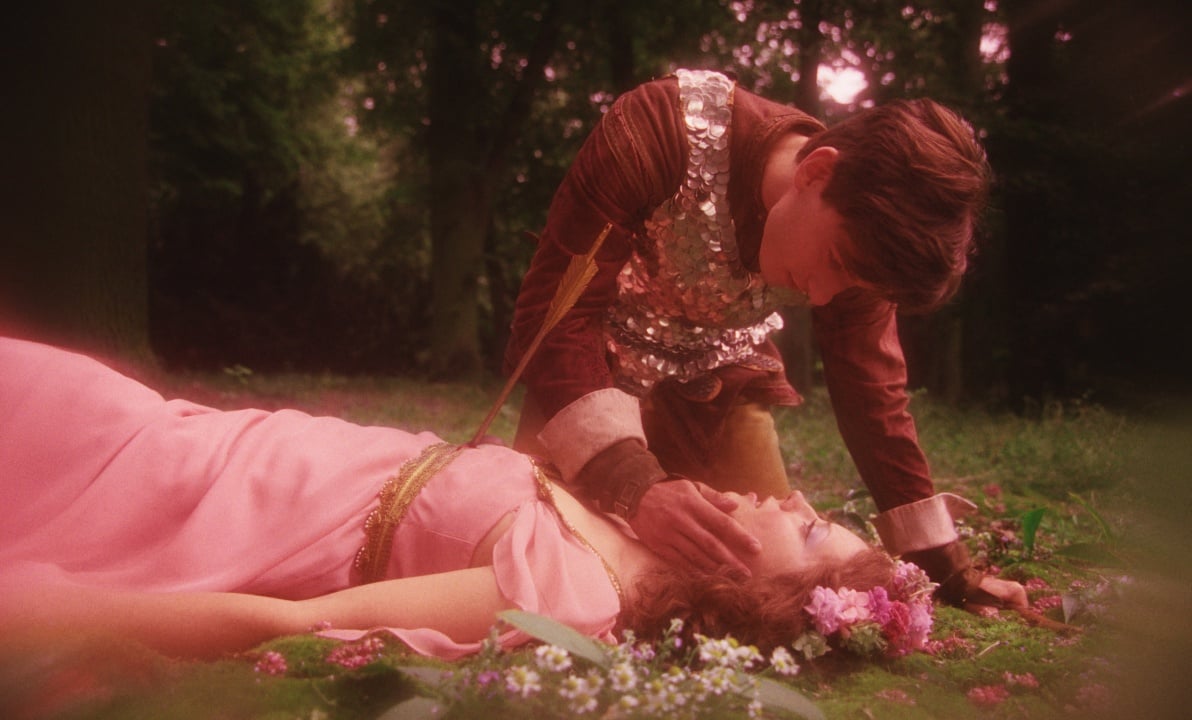
In the midst of a continual onslaught of sex and bodily violence, The Ugly Stepsister also takes a perverse joy in reminding its audience of the Cinderella they know and love. These odes and connections cause second and third thoughts. Wait, am I in the corner of the villains? Shouldn’t I hate them? But what has Elvira done, other than be pressured into a destruction of her own body by the culture generally and her mother specifically? The film, with all of its bodily fluids, is strangely fun and darkly funny in moments, though it is not an out-and-out comedy. We may laugh, but we should probably feel guilty for doing so.
As the film moves towards its conclusion, audience members may be tempted to close their eyes to the horror that they know is coming. But for those with strong stomachs, Blichfeldt and cinematographer Marcel Zyskind employ stunning uses of light to force us into the mindset of a damaged and traumatized girl who is willing to take steps no one should ever take. The costume design, production design, and the deeply upsetting special effects all combine to make a somehow realistic world that feels both sumptuous and grotesque. I was left both wanting to never watch this again and immediately pay for a ticket.
The Ugly Stepsister reclaims the fairy tale for the horror fiends and freaks. No talking animals, no fairy godmothers; simply the grimiest, grittiest version of a treasured tale sure to haunt your nightmares. Emilie Blichfeldt has created a memorable, gory, bloody masterpiece to watch through your fingers and gritted teeth.
The Ugly Stepsister will debut exclusively in US theaters on April 18, 2025, courtesy of IFC Films and Shudder. The film will debut in UK theaters on April 25th courtesy of Vertigo Releasing.
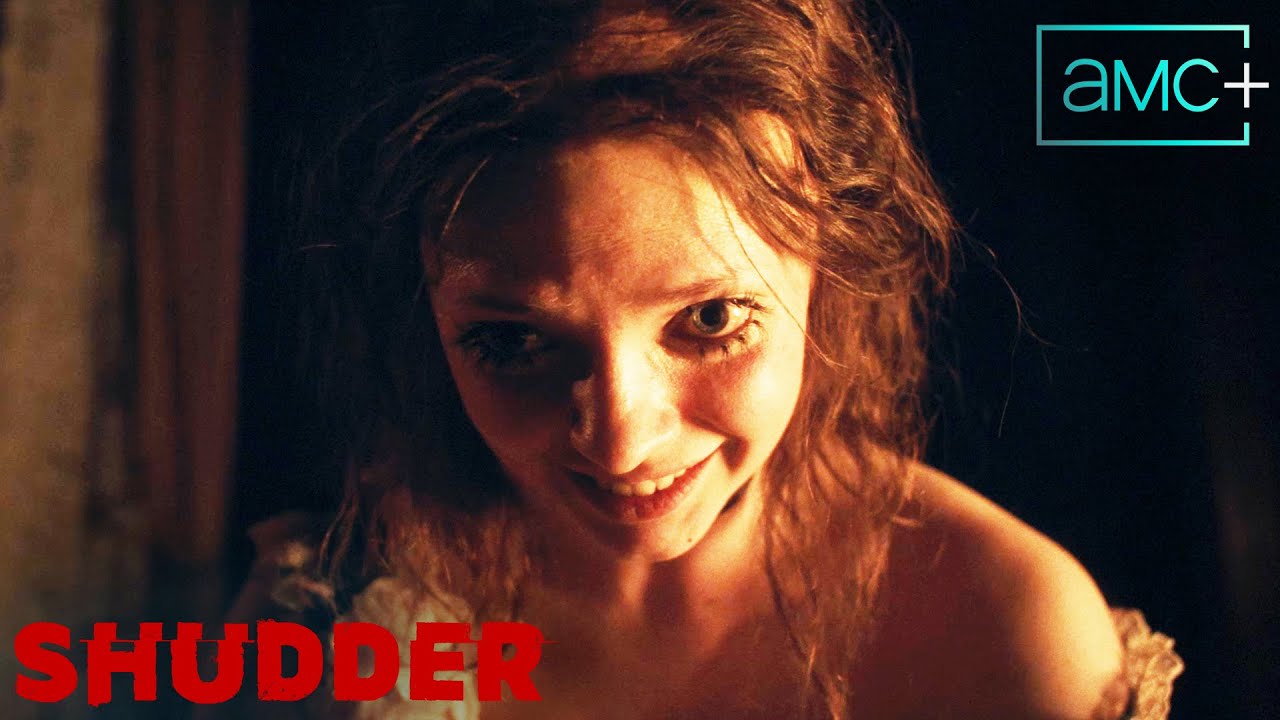
The Ugly Stepsister reclaims the fairy tale for the horror fiends and freaks. No talking animals, no fairy godmothers; simply the grimiest, grittiest version of a treasured tale sure to haunt your nightmares. Emilie Blichfeldt has created a memorable, gory, bloody masterpiece to watch through your fingers and gritted teeth.
-
GVN Rating 10
-
User Ratings (0 Votes)
0
Dave is a lifelong film fan who really got his start in the independent film heyday of the 90’s. Since then, he has tried to branch out into arthouse, international, and avant garde film. Despite that, he still enjoys a good romcom or action movie. His goal is to always expand his horizons, through writing and watching new movies.


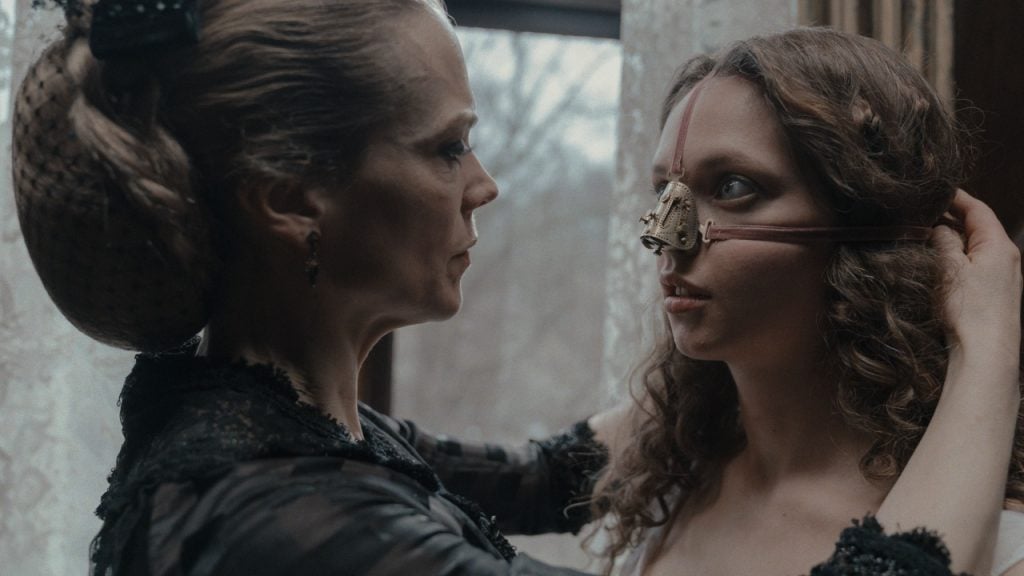
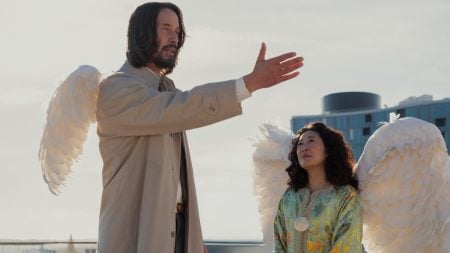

![‘Frankenstein’ Review – Guillermo del Toro’s Definitive Look At The Nature And Nurture Of Monstrosity [TIFF 2025] ‘Frankenstein’ Review – Guillermo del Toro’s Definitive Look At The Nature And Nurture Of Monstrosity [TIFF 2025]](https://cdn.geekvibesnation.com/wp-media-folder-geek-vibes-nation/wp-content/uploads/2025/10/Frankenstein-175_PF_20240430_20377_R-300x200.jpg)
![‘Wake Up Dead Man: A Knives Out Mystery’ Review – In Rian Johnson We Trust [LFF 2025] ‘Wake Up Dead Man: A Knives Out Mystery’ Review – In Rian Johnson We Trust [LFF 2025]](https://cdn.geekvibesnation.com/wp-media-folder-geek-vibes-nation/wp-content/uploads/2025/10/Wake-Up-Dead-Man-A-Knives-Out-Mystery-300x169.jpg)